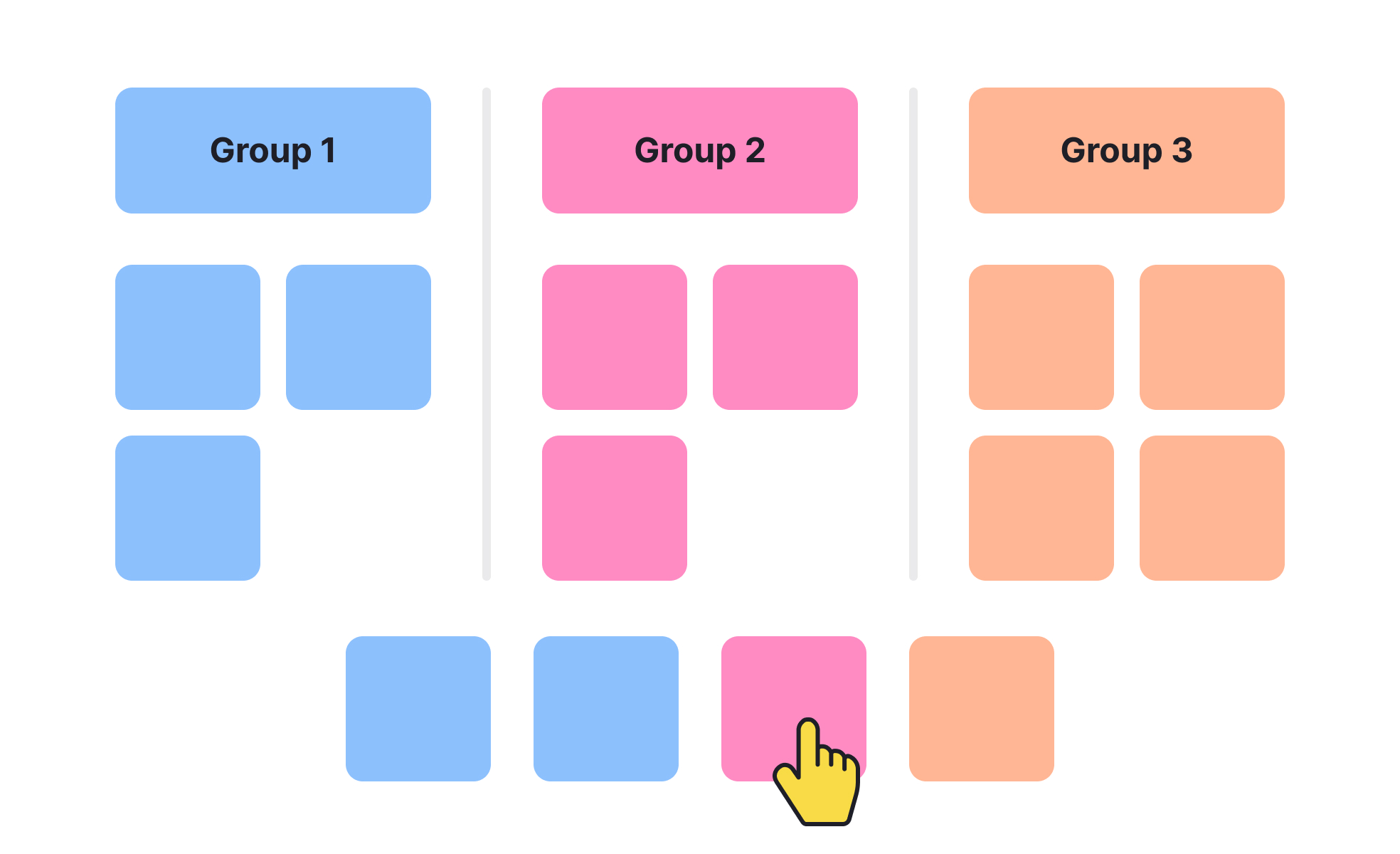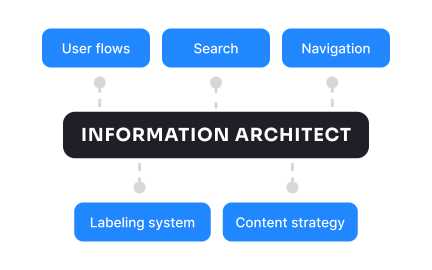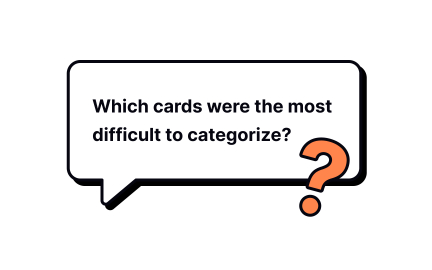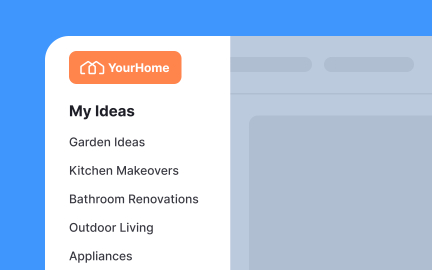Card Sorting
Card sorting is a user research method where participants group content into categories, helping designers build a clearer structure and navigation.

Card sorting is a well-established research technique used to understand how users naturally organize information. In this method, participants receive a set of cards labeled with pieces of content, features, or concepts. They are then asked to group these cards into categories that make sense to them. The results provide valuable insights into user mental models, guiding how designers structure menus, navigation, and content layouts.
In UX and UI design, card sorting is often used early in a project when teams need to build or refine information architecture. For example, when designing a large e-commerce site, card sorting can help determine whether users expect “Shoes” to be grouped under “Clothing” or as a separate category. This approach ensures that navigation systems feel intuitive to the target audience rather than being based solely on internal assumptions.
There are two primary types of card sorting: open and closed. In open card sorting, participants create their own categories, revealing organic structures and language that users prefer. In closed card sorting, participants organize cards into predefined categories, helping validate existing navigation frameworks. Both approaches generate data that can guide product decisions and refine taxonomy.
Real-world examples demonstrate the value of card sorting. The BBC used it when redesigning their global navigation, ensuring categories matched how audiences worldwide thought about content. Similarly, digital libraries and knowledge bases often rely on card sorting to structure search filters and topics, making large volumes of information easier to navigate.
Modern tools such as Optimal Workshop, Maze, or even digital whiteboards like Miro allow remote card sorting sessions. These platforms collect quantitative data on grouping tendencies and provide visualizations of common patterns. With remote work becoming widespread, these tools make it easier to run studies with diverse participants across different regions.
One challenge of card sorting is that users may not always agree on categories, especially when dealing with complex or abstract topics. In these cases, researchers look for clustering patterns rather than universal consensus.
Learn more about this in the Card Sorting in UX Research Lesson, a part of the UX Research Course.
Key Takeaways
- Card sorting helps uncover how users naturally group information.
- It informs navigation, information architecture, and menu design.
- Open and closed methods provide flexibility in research goals.
- Digital tools enable remote card sorting at scale.
- Results reduce friction by aligning product structures with user expectations.
Card sorting is most useful at the start of projects when building new structures or when reorganizing complex systems like websites, apps, or knowledge bases. It allows teams to understand user expectations before committing to design decisions. By running these sessions early, organizations save time and avoid costly redesigns later.
It can also be applied mid-project when teams need validation. For example, if stakeholders debate how to label or structure a navigation menu, card sorting provides evidence to settle the discussion with real user input.
Open card sorting lets participants create their own categories, revealing authentic user vocabulary and mental models. This is valuable for discovering unexpected groupings or uncovering natural patterns. Closed card sorting, by contrast, limits participants to predefined categories, making it ideal for testing and validating existing structures.
Both approaches complement each other. Teams often start with open card sorting to explore ideas, then use closed sessions to confirm decisions. Together, they provide a full picture of how users think about information.
One limitation is that users may not always agree, especially in large or diverse participant groups. Results need careful interpretation, focusing on patterns rather than expecting full consensus. Another challenge is that card sorting only shows how users group information, not whether they can successfully find it later.
For this reason, many teams pair card sorting with methods like tree testing or usability testing. This layered approach validates not just how users categorize content but also how well they can navigate the resulting system in real-world contexts.
Recommended resources
Courses

Color Psychology

UX Writing

UX Research
Lessons
Exercises
Projects

Ankama Games Launcher Concept - UX/UI Case Study

Health App Design Sprint













